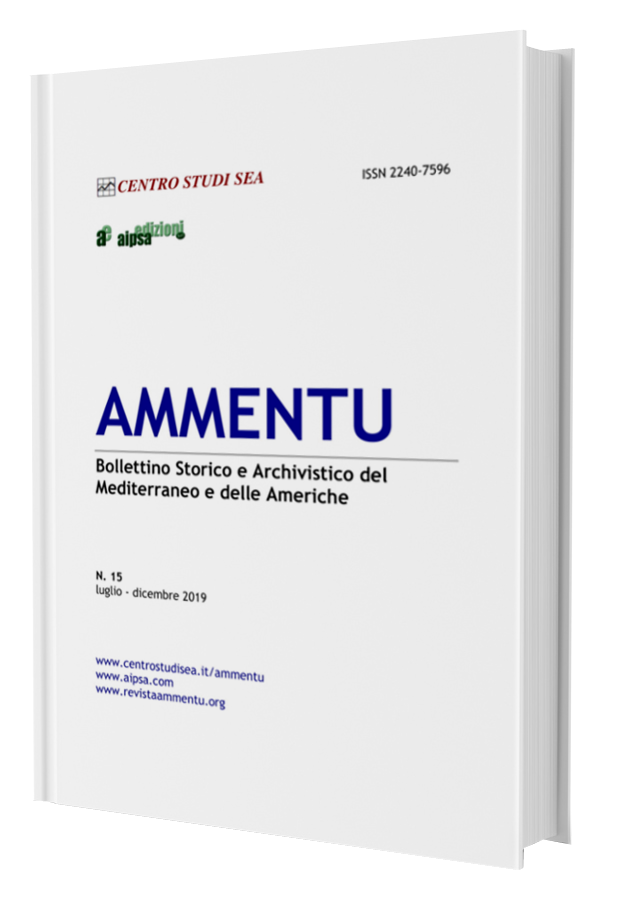Domestic Violence and its consequences on child development
DOI:
https://doi.org/10.19248/ammentu.346Keywords:
Domestic Violence, child developmet, neurodevelopmental disorder, Behavior, Motor sensorAbstract
Introduction: The senso motor development is directly related to the social context in which the individual develops, in many cases the stability is formed according to the affection that his parents provide in case of intra-family violence, thus altering all perception and therefore, Sensory motor development changes. Objectives: To analyze the development of the child in the different areas of the social context and determine an alleged percentage of children who perceive violent acts within the home. Method: It has a quantitative approach, based on a documentary bibliographic study, cross-sectional, descriptive, retrospective, information is taken from various investigations developed in the last 3 years in the database: Dialnet, Google Schollar, Redalyc, Scielo, Web on Science, Wos. In the field investigation an instrument validated by expert judgment is used, the sample was formed by 115 students, with the permission of the authorities and parents. Results: It was confirmed that aggressions in the family context produce psychological alterations in the child. A balance in the interaction of children with their neighbors (with the difference of 1 population) was determined, so that 49.6% did show interaction, and 50.4% did not maintain communication with people living around their family bond Conclusions: The development of the child in the different areas of the social context determined that domestic violence directly affects the socio-motor development and cognitive part of the child, so that it affects some areas of neurodevelopment and therefore causes various disorders within the social sphere.Downloads
Published
2019-12-30
Issue
Section
DOSSIER - SALUD Y BIENESTAR EN AMBITO LABORAL
License
Note on the copyright
The Copyright Notice below must be included with the journal information and in the metadata for each published article. Although every journal can freely determine the nature and scope of the copyright agreement with its authors, the Public Knowledge Project recommends the use of a Creative Commons license. For these purposes, an example is provided and may be copy and pasted in the space below for those journals that (a) offer open access, (b) offer deferred open access or (c) do not offer open access.









